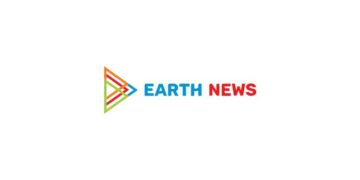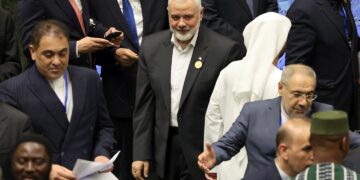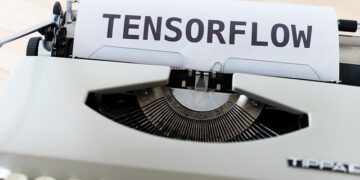Evaluating the Economic Consequences of Tariffs: A Look Ahead
As recent policy shifts reshape the economic environment, there is growing apprehension regarding the long-term effects of tariffs established during the Trump administration on U.S. economic performance. The president of the Chicago Federal Reserve recently cautioned that these tariffs could lead to a notable decline in economic activity, following what has been described as an “artificially inflated” beginning to this fiscal year. With businesses adapting to new trade realities and consumer spending patterns fluctuating, analysts are closely monitoring how these tariffs might influence economic forecasts, especially during the pivotal summer season. This article examines the implications of insights from the Chicago Fed and considers potential pathways for the U.S. economy amidst ongoing trade disputes and financial challenges.
Tariff Impacts and Economic Outlook: Predicting a Summer Slowdown
As summer approaches, economists are preparing for a possible downturn in economic activity largely linked to repercussions from tariffs imposed by previous administrations. The head of the Chicago Federal Reserve indicated that initial signs of economic vitality may have been overstated, creating what some experts refer to as an “artificially elevated” baseline. This temporary increase can mislead both markets and policymakers since it does not accurately represent sustainable growth trends. Several factors contributing to this expected slowdown include:
- Rising Expenses: Tariffs increase costs on imported products, resulting in higher prices for both manufacturers and consumers.
- Supply Chain Challenges: Companies encounter difficulties sourcing materials due to heightened trade restrictions.
- Diminished Consumer Confidence: As prices escalate, consumers may reduce their spending habits, further stalling economic progress.
The market outlook suggests that significant changes could occur this summer as tariff effects permeate various industries. Recent evaluations predict that industrial output—which had experienced growth at year’s start—might face obstacles in upcoming months. This anticipated decline could be reflected in several key indicators:
| Indicator | Current Projection | Plausible Summer Decline |
|---|---|---|
| Industrial Production Growth Rate | 3.2% | -1.5% |
| User Spending Growth Rate | 2.9% -0.8% | |
| 55 .4 | Downward Adjustment to 52 .0 |
Effects on Manufacturing and Consumer Expenditure Amid Inflationary Pressures
The escalating costs stemming from recent tariff policies are raising substantial concerns within manufacturing sectors across America . As companies contend with increased raw material expenses , many find themselves making difficult choices , such as reducing production levels or passing those costs onto consumers . Such adjustments risk disrupting supply chains while limiting growth opportunities , compelling manufacturers to focus more on cost management than expansion efforts . Key industry stakeholders have already reported tightening profit margins , which may lead them toward reduced capital investments or innovations typically necessary for stimulating overall economic health .
Consumer expenditure is also feeling adverse effects due to rising prices driven by these tariffs . As businesses adjust their pricing strategies in response , consumers might limit discretionary purchases leading towards broader impacts across sectors like retail services . The likelihood of sustained declines in consumer demand will depend heavily upon factors such as consumer confidence levels alongside wage increases ; should individuals adopt more cautious spending behaviors moving forward it would exacerbate existing challenges faced by manufacturers over coming months.< / p >
| Industry Sector | Impact Due To Rising Costs | |
|---|---|---|































